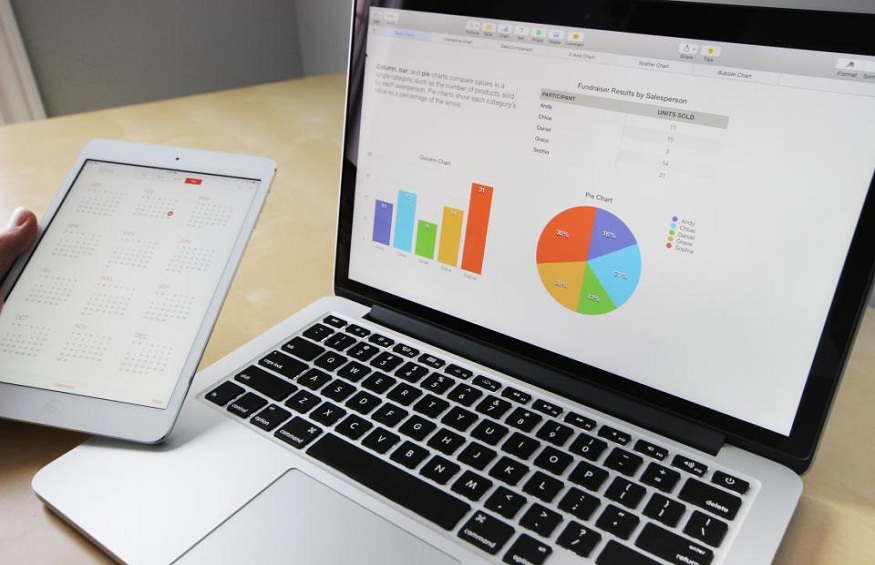Your Guide to Sales and Operations Metrics
The process of managing a business’s essential elements, such as sales, finances, and the supply chain, is known as sales and operations planning. Strong sales and operation planning may not be necessary for small organizations with a limited number of business activities, but as a company grows, leadership should execute S&OP to determine if the workforce levels are sufficient, set short-term and long-term objectives, check to see if sales regions are operating as anticipated, decide if you want to set aside money for new priorities and enhance resource allocation.
Examining data in various ways is a key component of the sales and operations planning process. Managers can quickly find data and create reports using S&OP software to assess essential business processes and staff performance.
Methods of Sales and Operations Planning
Planning sales and operations is essential to the financial health of the majority of businesses. Sales representatives, manufacturing, human resources, engineering, marketing, new product development (NPD), inventory/backlog, strategic initiatives, and financial teams should all be present at S&OP process meetings.
Depending on the particular circumstance your firm finds itself in, there are two approaches to approach the sales and operations planning process:
Top-Down Planning: With this method of sales and operations planning, management experts base their strategy and resource allocation as necessary on a single sales projection with the S&OP software.
Bottom-Up Planning: This method of S&OP is frequently applied when manufacturing timetables are erratic. An effective strategy is developed from the ground up by determining what is required to create particular goods and services within a good time instead of basing plans on a specific sales prediction.
This method of S&OP is frequently applied when manufacturing timetables are erratic. An effective strategy is developed from the ground up by determining what is required to create particular goods and services within an acceptable amount instead of basing plans on a specific sales prediction.
Steps in S&OP Process:
1. Data Collection: The first meeting in the sales and operations planning process is intended to collect data in order to accurately estimate the future. Future projections are evaluated during this conference using data from prior sales and industry trends.
2. Demand Planning: For this phase to be properly completed, cooperation across several departments is required. Together with the data acquired in the previous step, executives from sales, operations, marketing, etc. modify inventory levels, marketing and sales tactics, and customer service guidelines.
3. Production Planning: The leadership of the organization then assesses the capability of the supply chain. They will determine whether the present configuration—including personnel, equipment, suppliers, etc.—is sufficient for their anticipated needs. The decision they make is then used to create a supply strategy.
4. Pre-SOP Meeting: Leadership professionals from various departments must meet, work together, and assess the financial effects of the predicted demand and supply plans at this stage of the S&OP process.
5. Exec S&OP Meeting: Then, executives from the appropriate departments of sales, operations, marketing, and finance gather once more to discuss all the information that has already been obtained and to create a workable plan for the implementation of a sales operation.
6. Finalize and Implement S&OP: The S&OP plan is then implemented and evaluated for efficacy after being developed and authorized.
You’ll be able to implement a successful sales and operations plan for your company by holding each of the meetings mentioned above.
Benefits of Sales and Operations Planning
Improved Inventory Planning
Sales are predicted by the demand strategy and predictions, which also inform you of the number of inventories that should be kept on hand at any given time. Poor inventory planning can lead to understocking or overstocking, which can affect the effectiveness and productivity of the sales and distribution processes.
Improved Visibility and Communication Between Departments
The managers and authorities of each team collaborate to define some general, all-encompassing aims and take into account the capabilities of each department. It improves communication while enhancing transparency and visibility, increasing accountability among the many operations.
Enhanced Customer Experience
One of any business’s primary goals is to improve the client experience. You can do that with sales and operations planning software. The entire supply chain’s equipment is designed to increase revenues and improve customer satisfaction. Inventory to marketing, sales, and distribution processes were all streamlined to maximise efficiency for the company while ensuring customer satisfaction.
Product Quality and SKU Strategy Improvement
Increasing the effectiveness of the sales force has a positive impact on the product’s quality rather than a negative one. A successfully run business would have fewer faults and incur less expense. It should be manufactured again each time a product is found to be flawed, wasting resources.
A sufficient supply of each SKU unit may be kept in the inventory with the help of effective S&OP software. To ensure that every item is optimally stocked, a replenishment order is put in whenever a product’s reorder point is reached.
Enhanced Decision-Making
Businesses can monitor exactly what inventory is being produced or stored in transit at any given moment. With this information, planners can quickly adjust the supply chain to accommodate any demand changes while making better decisions. Additionally, you can decide more effectively what steps need to be taken to address supply restrictions.
About the Company
Retail and direct-to-consumer enterprises can quickly reduce wastage and losses due to out-of-stock situations and increase profitability with the aid of Fountain9’s robust S&OP software. Establish your company’s objectives using a combination of human ability and Fountain9’s Kronoscope, powered by artificial intelligence. Collaboration is made simple, and you can gain insightful analytical knowledge. Collaboration is simple, and you can access deep analytical knowledge promptly. It also helps businesses maintain a well-stocked inventory with high availability to fulfill client demand.











